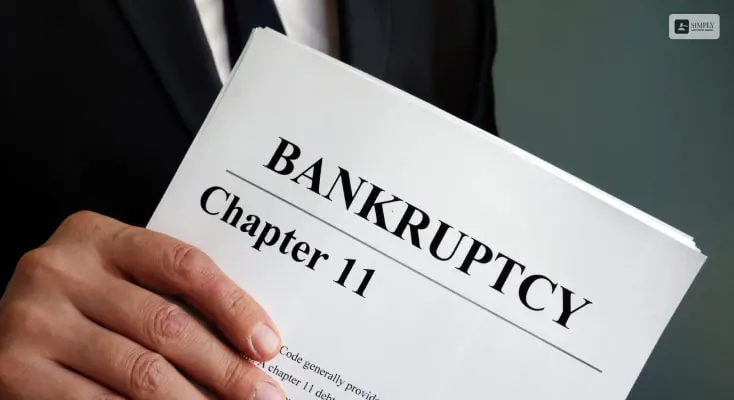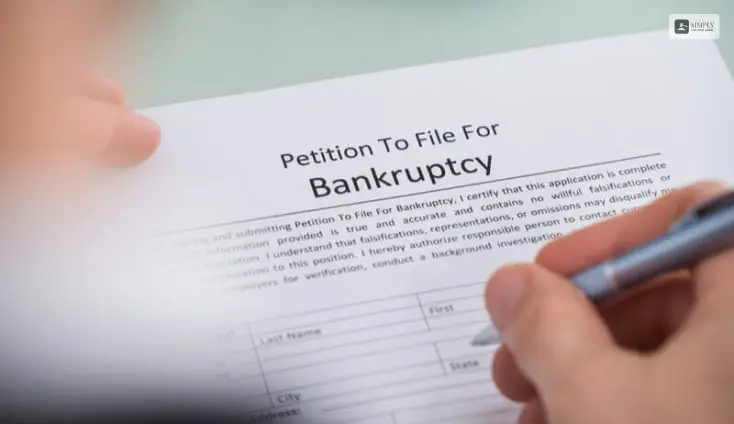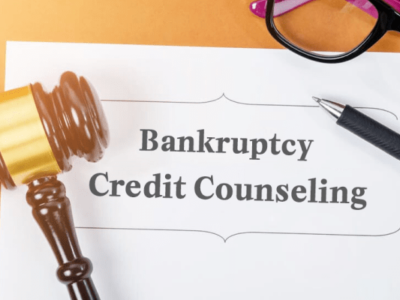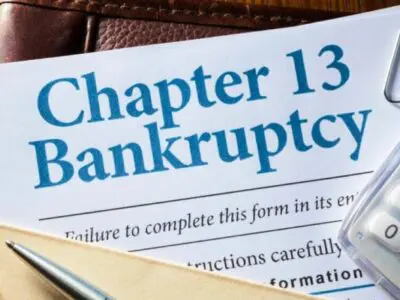
You all have heard about how companies tend to become bankrupt, which allows them to reorganize their finances to come back to their usual state. Bankruptcies are categorized into various types as per their kind and severity.
In this article, we will be discussing Chapter 11 bankruptcy within the US Bankruptcy Code. Additionally, we will also provide you with the information on the way you can file for Chapter 11 bankruptcy in the US.
What Is Chapter 11 Bankruptcy?

When businesses hit rough waters financially, they sometimes turn to Chapter 11 bankruptcy as a lifeline. This legal process provides them with a chance to reorganize, regain their financial footing, and continue operating. So, what exactly is Chapter 11 bankruptcy? Let’s dive into this financial safety net that can help businesses bounce back.
The Basics: What is Chapter 11 Bankruptcy?
Chapter 11 is a chapter of the United States Bankruptcy Code that primarily deals with business reorganization. It’s available to businesses of all sizes, whether they’re a small local shop or a large corporation. Unlike Chapter 7 bankruptcy, which typically results in liquidation and the closure of the business, Chapter 11 is about restructuring and staying afloat.
Why Do Businesses File for Chapter 11?
Businesses may find themselves in financial hot water due to various reasons. It could be mounting debts, declining sales, economic downturns, or even unexpected crises like the COVID-19 pandemic. Chapter 11 provides a way to address these challenges.
The Reorganization Process
Here’s the nuts and bolts of how Chapter 11 works:
Filing the Petition:
The business initiates the process by filing a petition in bankruptcy court. This halts most collection actions by creditors, giving the company some breathing room.
Developing a Reorganization Plan:
The business must create a detailed plan outlining how it intends to address its debts, reduce costs, and become financially viable again. This plan is subject to court approval.
Creditors’ Committee:
In larger cases, a committee of creditors is often formed to negotiate and review the reorganization plan, ensuring it treats all creditors fairly.
Voting on the Plan:
Creditors get to vote on the proposed plan. If the majority (in terms of both the number of creditors and the amount of debt) approves, the court can confirm the plan.
Execution of the Plan:
Once the court approves the plan, the business follows through on its commitments. This might involve selling assets, renegotiating contracts, or obtaining new financing.
Emerging from Bankruptcy:
If all goes well, the business emerges from bankruptcy as a leaner, more financially stable entity. It continues operations, hopefully on a path to profitability.
Benefits and Challenges
Chapter 11 bankruptcy offers several advantages, including the chance to survive financial crises, renegotiate unfavorable contracts, and shed some debts. However, it’s a complex and expensive process that requires careful planning and often professional help.
Chapter 11 bankruptcy isn’t a one-size-fits-all solution, but it can be a crucial tool for businesses fighting to stay afloat. It’s a testament to the resilience of the entrepreneurial spirit and the legal framework that supports economic recovery and growth.
How To File For Chapter 11 Bankruptcy?

When your business is drowning in debt and struggling to stay afloat, Chapter 11 bankruptcy can be a lifeline. It offers the chance to reorganize, renegotiate debts, and regain your financial footing. But how do you actually go about filing for Chapter 11 bankruptcy? In this guide, we’ll walk you through the process step by step.
Assess Your Eligibility
Before diving in, it’s crucial to determine if Chapter 11 bankruptcy is the right fit for your business. Unlike Chapter 7, which typically involves liquidation and closing shops, Chapter 11 is about reorganization. It’s available to businesses of all sizes, from small mom-and-pop stores to large corporations. If you believe your business can bounce back with some financial restructuring, Chapter 11 might be your best bet.
Hire an Attorney
Chapter 11 bankruptcy is complex and legally intricate. Hiring an experienced bankruptcy attorney is not just a good idea; it’s almost a necessity. They’ll help you navigate the legalities, paperwork, and negotiations, ensuring you have the best shot at a successful outcome.
Filing the Petition
Your attorney will assist you in preparing and filing the Chapter 11 petition with the appropriate federal bankruptcy court. This initiates the process. Once filed, you’ll be granted an “automatic stay,” which puts a pause on debt collection efforts by your creditors.
Creating the Reorganization Plan
With your attorney’s guidance, it’s time to craft a reorganization plan. This is your roadmap to financial recovery. It outlines how you intend to tackle your debts, streamline operations, and ultimately return to profitability. The plan needs to be comprehensive and feasible, as creditors and the court will scrutinize it.
Engaging with Creditors
Expect some intense negotiations with your creditors. A committee representing various creditors may be formed to discuss and refine the reorganization plan. This is where your attorney’s expertise shines. They’ll help you navigate these discussions to get the best possible terms for your business.
Voting on the Plan
Creditors get to vote on your reorganization plan. For it to pass, you’ll need a majority in both the number of creditors and the amount of debt represented. Your attorney will guide you through this process, ensuring you have the support you need.
Court Confirmation and Implementation
After the creditors approve the plan, it’s time for court confirmation. The court reviews the plan to ensure it’s fair and equitable. Once confirmed, you’ll implement the plan, which could involve selling assets, renegotiating contracts, or obtaining new financing.
Emerging from Bankruptcy
With the reorganization plan successfully executed, your business emerges from Chapter 11 bankruptcy. You continue operations, hopefully on a more sustainable path.
Final Thoughts
Filing for Chapter 11 bankruptcy is a challenging journey, but it’s often the best path to financial recovery for struggling businesses. With the right legal guidance and a well-thought-out plan, you can restructure your business, reduce debt, and regain your financial footing. While it’s not without its complexities, Chapter 11 can provide a second chance for businesses to thrive.
I hope you have found this article informative and helpful, and we advise you to take the guidance of an experienced bankruptcy lawyer before filing for a Chapter 11 bankruptcy.
Read Also:


